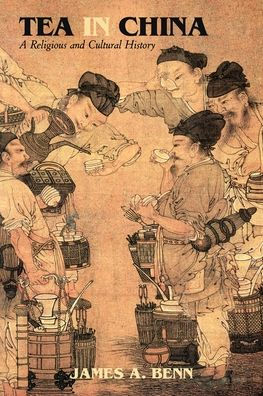5
1

Tea in China: A Religious and Cultural History
304
Tea in China: A Religious and Cultural History
304Hardcover
$65.00
65.0
In Stock

Product Details
| ISBN-13: | 9780824839635 |
|---|---|
| Publisher: | University of Hawaii Press, The |
| Publication date: | 02/28/2015 |
| Pages: | 304 |
| Product dimensions: | 6.10(w) x 9.10(h) x 1.00(d) |
About the Author
From the B&N Reads Blog
